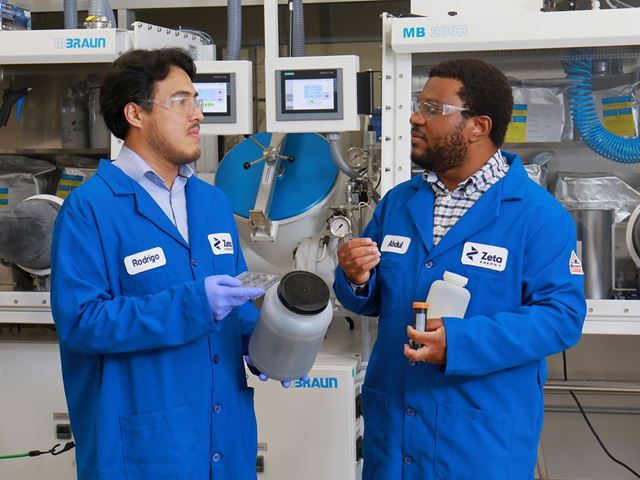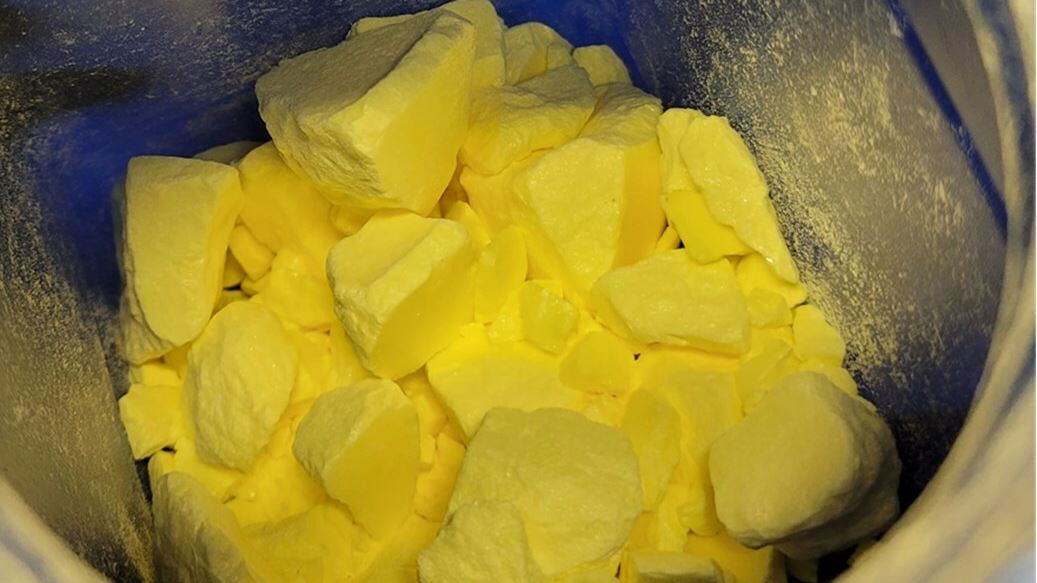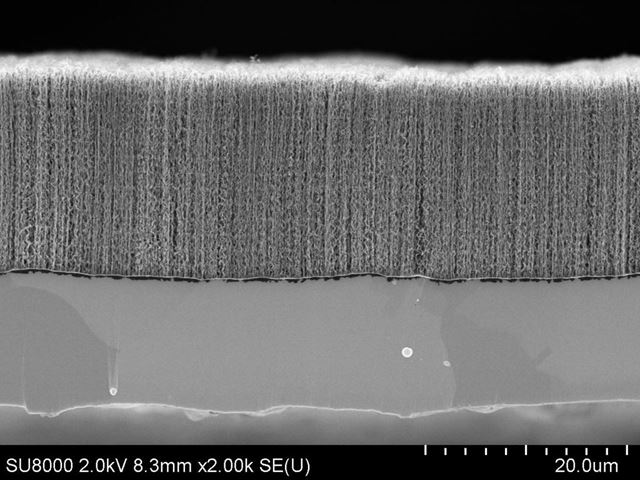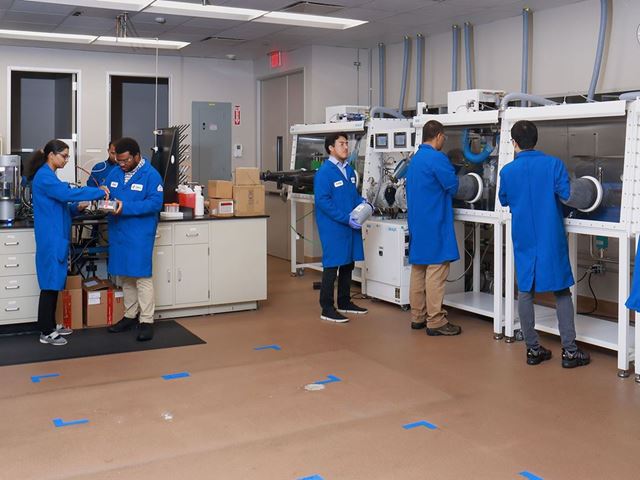
- Latest: Welcome to Auto Futures - Mobility News, Features, Exclusives and More...
- Latest: Alpine Alpenglow Hy4 Unveiled With Hydrogen-Powered Internal Combustion Engine
- Latest: Daimler Trucks Presents Autonomous Freightliner eCascadia Technology Demonstrator
- Latest: China's NIO & GAC Announce Partnership on EV Charging & Battery Swapping
- Latest: Automobili Pininfarina Unveils Electric Battista Cinquantacinque
- Latest: Automotive Technology That "Gets Smarter With Every Mile Driven" - Potential CEO
Sustainable, High-Performance, Cheaper and Safer - Zeta Energy's Lithium-Sulfur Batteries
Lynn Walford
- May 16 2023

Zeta Energy patented lithium-sulfur battery technology offers performance, safety, cost savings and sustainability. Auto Futures talked to Michael Liedtke, Chief Commercial Officer, who explains how the batteries work and plans for the future.
The lithium-sulfur technology is based on research from Smalley-Curl Institute, NanoCarbon Center and Welch Institute for Advanced Materials at Rice University. Chief Technology Officer Abdul-Rahman O. Raji, PhD and Chief Science Officer Dr Rodrigo Salvatierra, previously were researchers at Rice University.
Sustainable Materials
Houston-based Zeta Energy designed all aspects of the battery, the anode, cathode and separator. Materials used are more sustainable, abundant and readily available.
The batteries use unrefined sulfur which is inexpensive and widely abundant with no cobalt, nickel or manganese, says Liedtke.
There are supply and processing problems associated with cobalt, nickel and manganese. The problem with nickel is that it is in high demand for stainless steel and most of the processing of it is done in China. Cobalt is mined in the Democratic Republic of Congo and processed in China. 90% of manganese is processed in China, he says.

The Cathode-Sulfurized Carbon
The Zeta Energy battery has a metal-free sulfurized carbon cathode with high-energy density and is lightweight, says Liedtke.
The Zeta Energy batteries do not have polysulfide shuttle effects which hindered lithium-sulfur battery life in the past, he says.
In fact, recently, two independent research labs verified that its lithium-sulfur batteries do not suffer the deleterious polysulfide shuttle effect that has held back lithium-sulfur batteries.

The Anode - Lithium Metal
"The anode is a 3d-structured lithium metal anode," says Liedtke.
The anode is made of copper foil with a catalyst that grows carbon nanotubes that are coated with lithium. The nanotubes look like very thin hairs that increase surface area to carry the energy load with lower current and prevent the formation of dendrites that can cut through the separator and cause chain reactions, he says.
"The key message is that it is safer. The carbon nanotubes are connected to copper foil, which means that you have for current, a very nice path into this copper foil, which is then taken to the outside of the battery to provide the juice to whatever needs the juice. You have a very direct path, which means very low resistance. It does not get that hot. Because you have this low resistance, it also means that you can charge and discharge these types of batteries faster than others."
He adds the Zeta Energy batteries may require less coolant and cooling systems depending upon the automaker. With less cooling, there would be less weight from coolant and cooling pumps.
He notes that lithium is the most common element on the planet. Lithium was recently discovered in the Salton Sea. They have found it in Brazil. With the Inflation Reduction Act, Lithium mining and processing are becoming more attractive.
"I think there is going to be so many other areas where lithium is found," he predicts.
The separator is a super thin material that can be made by companies in the US and Europe.

Advantages of Zeta Energy Batteries
"The batteries will have high cycle numbers of at least 2000 cycles. That's what we're shooting for, which ultimately leads to a longer battery life" says Liedtke.
Typical automotive batteries have 1000 or fewer charging cycles.
"Another motivation we have is to introduce a low-cost battery." Liedtke estimates the batteries could cost less than $60 a kilowatt hour. "We will also be able to compete on the volumetric energy density."
He notes the batteries can be formed in any shape, including pouches and cylinders.
"So people are asking us, could you use your technology in an existing factory and is say yes. If this factory produces cylindrical cells, you can use our electrodes to make cylindrical cells. If you want to make pouch cells in your factory, we can use the same thing. So we can shoehorn it into an existing factory. There is only one piece of equipment that would be different. Everything else, the entire assembly of the battery, we could use the same processes that they have."
Obtaining the sulfur will be easy because it is readily available from local oil refineries. The main industry Zeta Energy is aiming for is batteries for automotive in the US and Europe.
"We are going to take this technology to the next level - meaning growing it big time," he concludes.
Popular Categories
